MadTree 2.0: How To Grow A Brewery (Issue 32)
In February 2017, Cincinnati’s MadTree Brewing transformed from an average-sized local craft brewery into a…
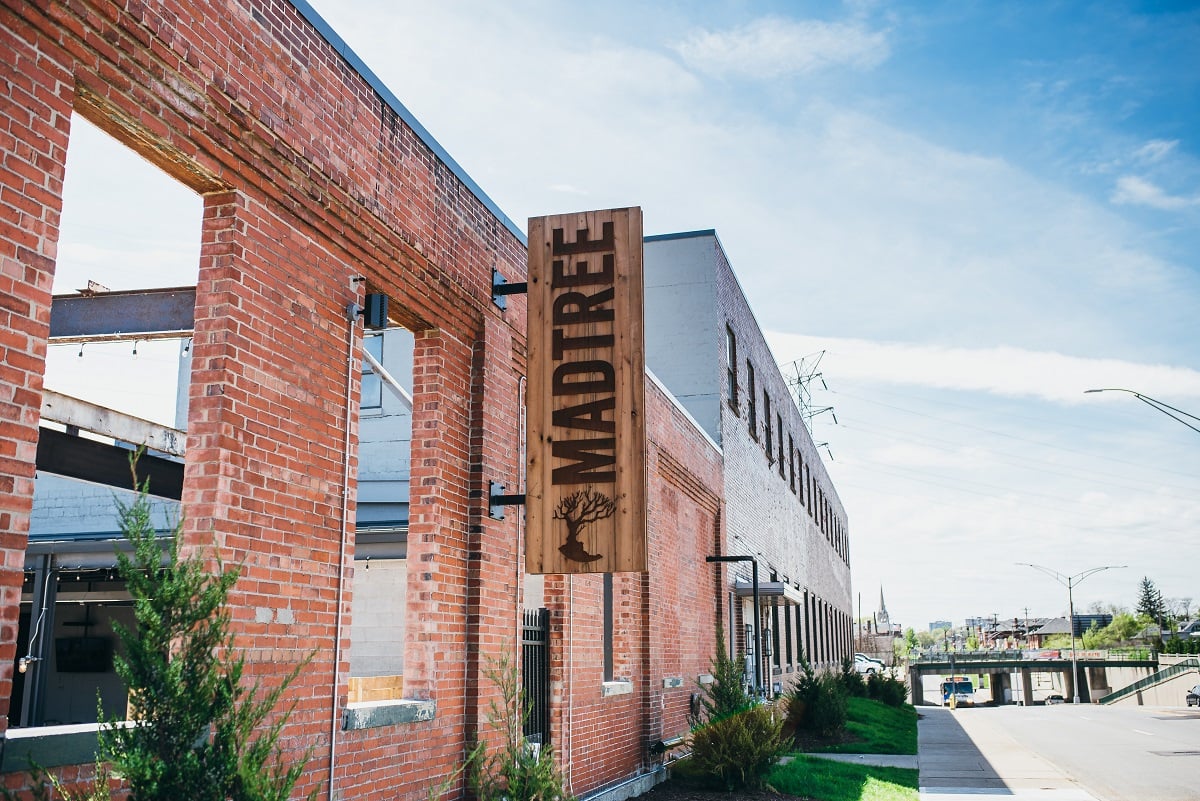
In February 2017, Cincinnati’s MadTree Brewing transformed from an average-sized local craft brewery into a potential regional powerhouse with the opening of their MadTree 2.0 facility, a 126-barrel brewhouse capable of producing up to 180,000 barrels annually. This massive brewhouse, a custom WM Sprinkman construction, makes it the fifth largest one in Ohio, behind only two other craft breweries in the state: BrewDog’s new Columbus brewery and Cincinnati-based Boston Beer Company (the other two Ohio facilities larger than MadTree are owned by MillerCoors and AB-InBev).
Mike Stuart, Director – People and Social Strategy at MadTree, explains that while the additional capacity is a boon, maxing that capacity isn’t the end goal of the new facility. In fact, the brewery will only gradually ramp up production from the 22,000 barrels produced in 2016 at their original 15-barrel brewhouse to a predicted 50,000 barrels at 2.0 in 2018. “For us, the number one thing is always to be the most respected brewery in the region. Not necessarily the biggest, or send the beer to the most places,” he says. “For us, it’s more about having respect as a brewery through our beer quality, our people/employees, and our community impact.”
![]()
Madtree’s new facility is the fifth largest in Ohio, and the largest of a native craft brewer.
Ensuring Quality First
A tour of the facility highlights that MadTree 2.0 is an investment in quality. The brewhouse is nearly fully automated, starting at grain silos that pre-mix the grain bill before milling and mashing in. This automation extends throughout the brewing and fermentation processes, so much so that the only vestiges of manual labor left from the 1.0 brewhouse are the manual hop additions.
This automation allows for exceptional quality controls. The system, Stuart explains, “was all designed with quality in mind. We have so many more data points throughout the entire lifecycle of beer at this point that we are already light years ahead of where we were on our old system.” The list of variables that the system allows the brewers to check is exhaustive. “From the time of mashing in until fermentation is complete, we are taking samples all along the way, and measuring for any number of things,” Stuart explains.
However, MadTree doesn’t rely solely on automation to ensure quality. To analyze the data collected during the process, as well as to test for other variables, MadTree maintains a large quality assurance lab. This lab, much larger than that of a typical 20,000-30,000-barrel brewery, employs five technicians, nearly half who are female (remarkable in a field still dominated by men). The lab runs analysis on everything from checking the alpha acid content of bittering hops to measuring levels of dissolved oxygen in the finished beer to force aging canned products in order to predict shelf life.
Aaron Spoores, State Sales Manager for Cavalier Distributing, MadTree’s Ohio distribution house, has been consistently impressed with the brewery’s quality processes. “MadTree is more committed to quality than any craft brewery of their size that I have seen,” notes Spoores. “In fact, I believe they have more people dedicated to lab, sensory, and quality than any other brewery, per barrel, in Ohio, except AB-InBev in Columbus and MillerCoors in Trenton.” Spoores continues by adding, “Most breweries want to make the best beer possible; MadTree makes sure they are producing the best beer possible.” As someone responsible for selling a lot of beer in Ohio, Spoores understands that this quality commitment gives MadTree a significant market edge: “They can really separate themselves from a lot of the other Ohio breweries when the selling point is great beer, and not just local beer.”
![]()
For its size, Madtree’s team of five quality-assurance technicians ensures the brewery’s beer lives up to exacting standards.
Taking Care of Their Employees
It takes more than sophisticated equipment and a well-staffed lab to make great beer, though. That’s why a commitment to the team is another pillar of the MadTree philosophy. MadTree employs around 85 employees (about 60 FTE), and provides market-leading benefits to these employees to ensure that they stay with MadTree. Regardless of their full- or part time status, all employees are eligible for the company’s retirement plan from day one. Employees who work more than 30 hours a week are also eligible for the company’s health care, and all employees get beer perks and monthly gift cards to Catch-a-Fire Café, the restaurant housed in the taproom.
This commitment to staff has obvious dividends. “We work very hard to build a strong culture,” Stuart explains. “A lot of times, we call ourselves a family. We’re not co-workers, we really feel like we’re much more like a family. We’ll get mad at each other and call each other names, but at the end of the day, you make up and you work through things.” It’s a good sign when off-duty employees hang out at the taproom, Stuart explains. “A lot of our employees, they choose to spend time and hang out with each other on the weekends. They’ll sit in the taproom and hang out. It’s not like you’re going to work—it’s a fun place to work and the people, they’re all extremely passionate.”
![]()
Regardless of their full- or part time status, all employees are eligible for the company’s retirement plan from day one. “We work very hard to build a strong culture,” says Mike Stuart, Director – People and Social Strategy at MadTree.
Giving Back to the Community
MadTree does more than just take care of their internal “family.” The brewery ensures that they have a positive footprint in the local community. Working from a mantra of “beer builds community, community builds beer,” MadTree contributes to five local charities, supporting them year-round through opportunities for visibility at MadTree events and through cash donations.
Stuart explains that the brewery also tries to find smaller, lesser known charities that can benefit from exposure and donations. To this end, the 2.0 taproom features a new charity each month. Aaron Spoores of Cavalier explains that in the taproom, “they have this contraption hanging from the ceiling that allows customers to get involved by crumbling up their hard-earned money and throwing it up and watching it stick. It’s really cool, and the consumer gets to feel a part of MadTree’s vision for the community and charitable contributions.” MadTree matches the dollars collected in their taproom at the end of the month.
Similarly, for each new canned beer brand, MadTree contributes to a non-profit that in some way ties back to the theme of the beer. For instance, when they launched Entropic Theory earlier this summer, they worked with iSpace, a local non-profit that focuses on STEM education for kids. Explains Stuart, “Since that was the beer that the lab and brewers built together—it was a little bit of art and a little bit of science—we really wanted to work with a group that would allow kids to explore the sciences.”
MadTree’s definition of community expands as their distribution footprint does. They now support charities in Kentucky as well as Ohio. When they launched in Louisville, they planted trees around the city to offset the urban heat island issue. “As we go into different communities, we truly want to find other nonprofits that we can partner with that are making an impact in that local area,” says Stuart. “It’s important to us that no matter where we’re at, that we’re helping the community that’s around us.”
As the brewery extends their brewing capacity and distribution footprint, they continue to look to their guiding principles. Although Stuart expects MadTree to eventually hit at least 100,000 barrels, he notes that respect in the community is the real driver. “There’s no plan or master number that we’re all shooting for,” he explains. “We just want to continue to make good beer and get it out there and if people receive it well, we’ll keep making it.” Of course, Stuart jokes, “I don’t think we would ever get above 100,000 barrels, but sure, it could happen. We didn’t think we’d be here four years ago, either.”
![]()
(All Photos Courtesy Madtree Brewing)




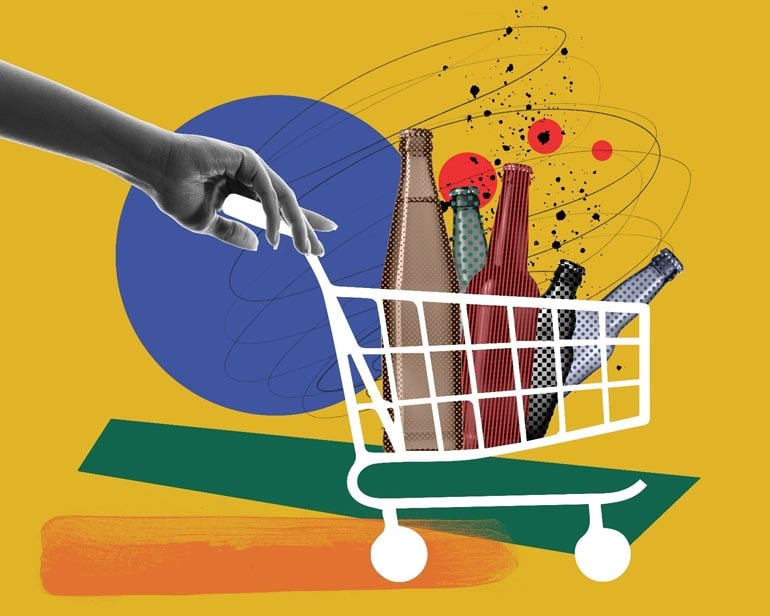

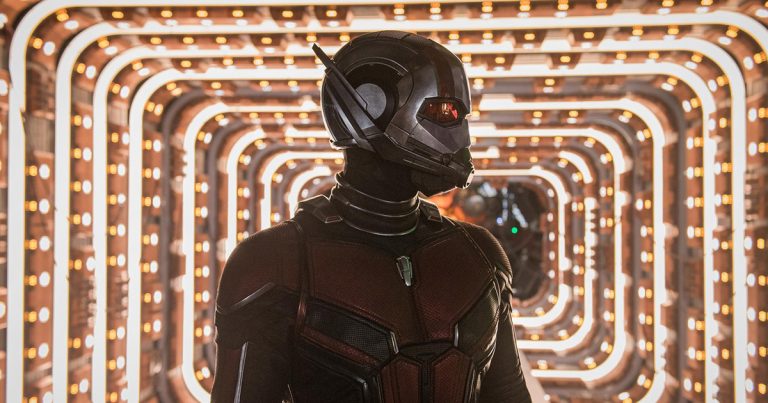
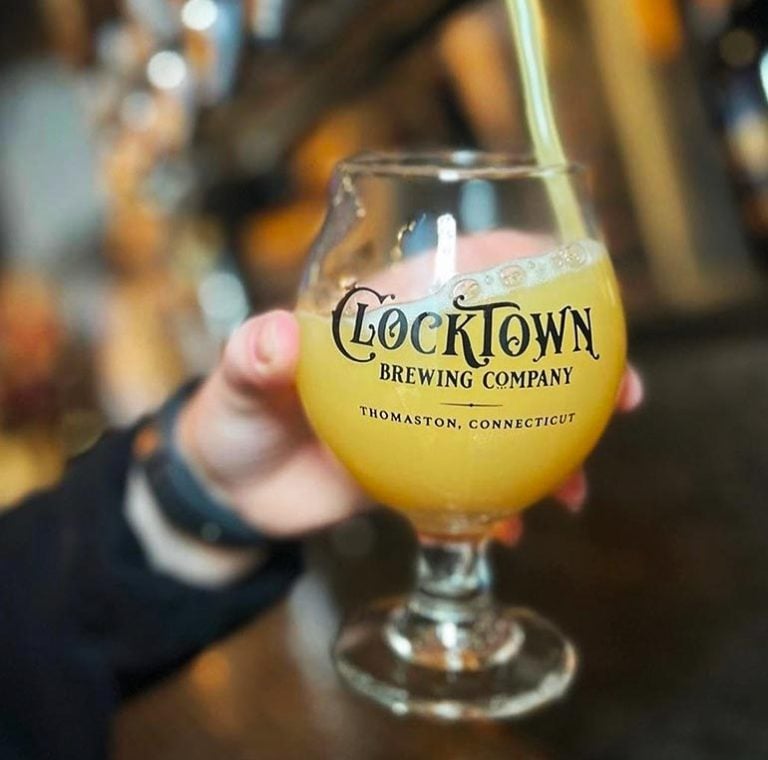


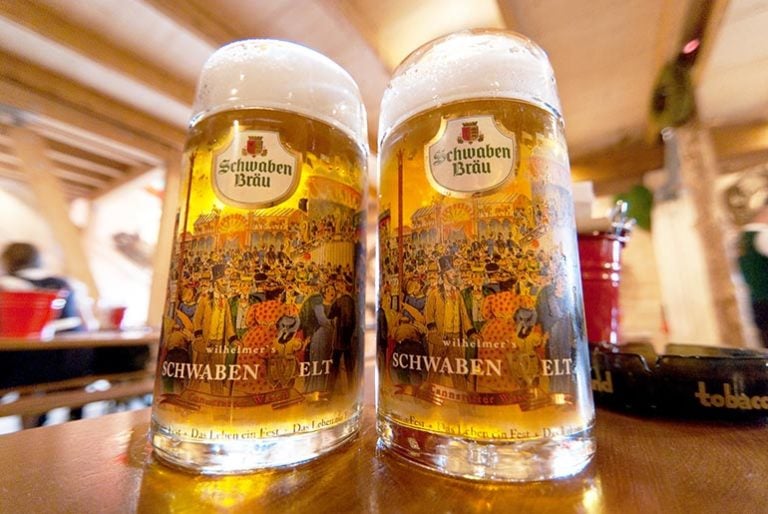

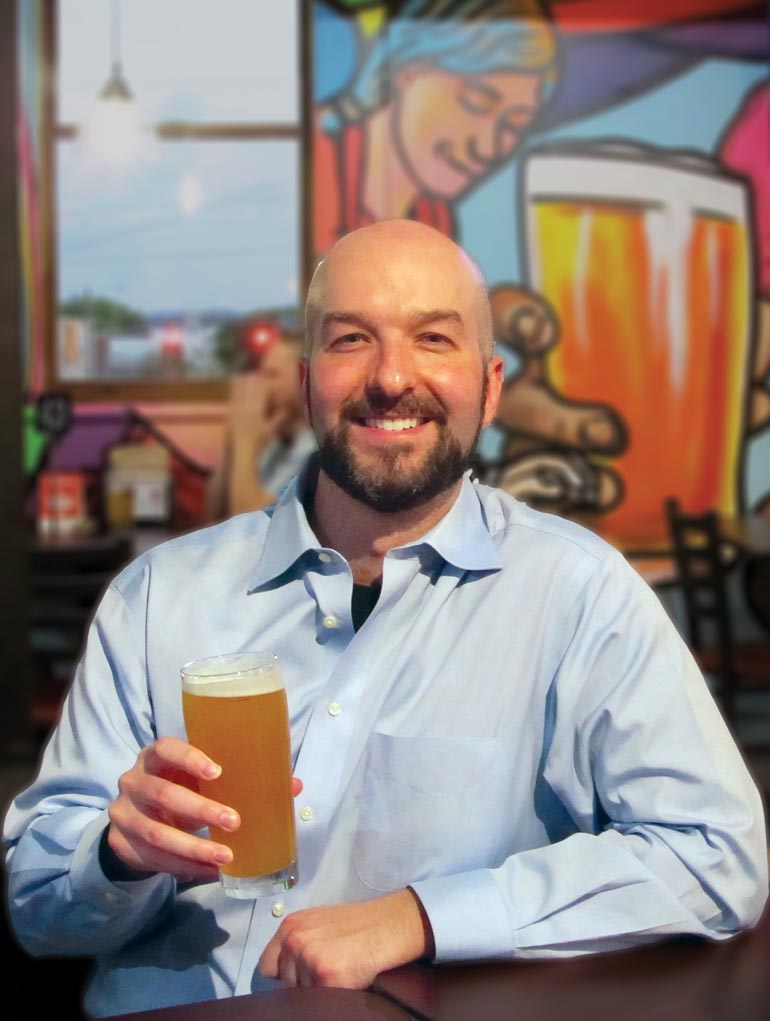
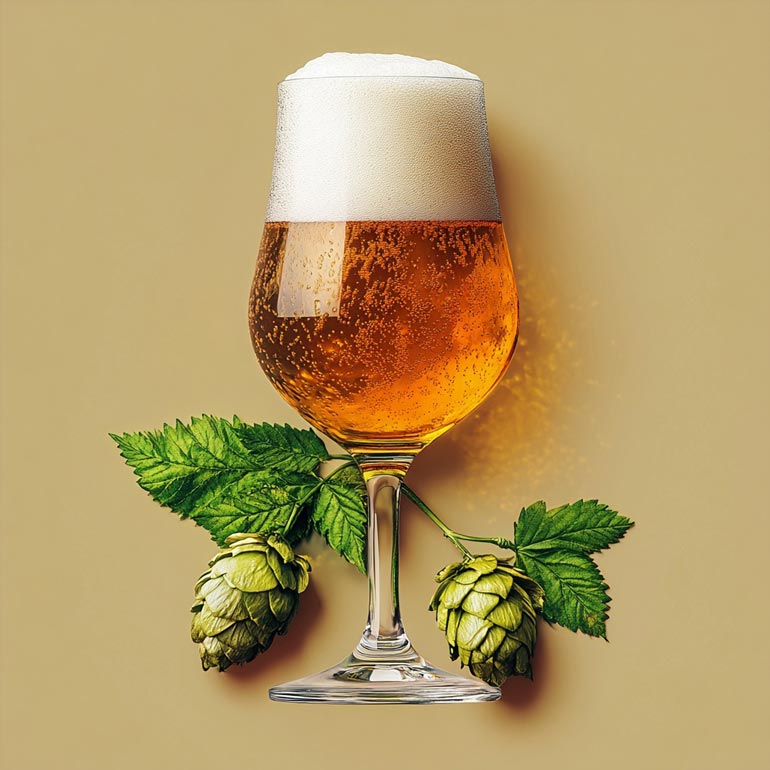
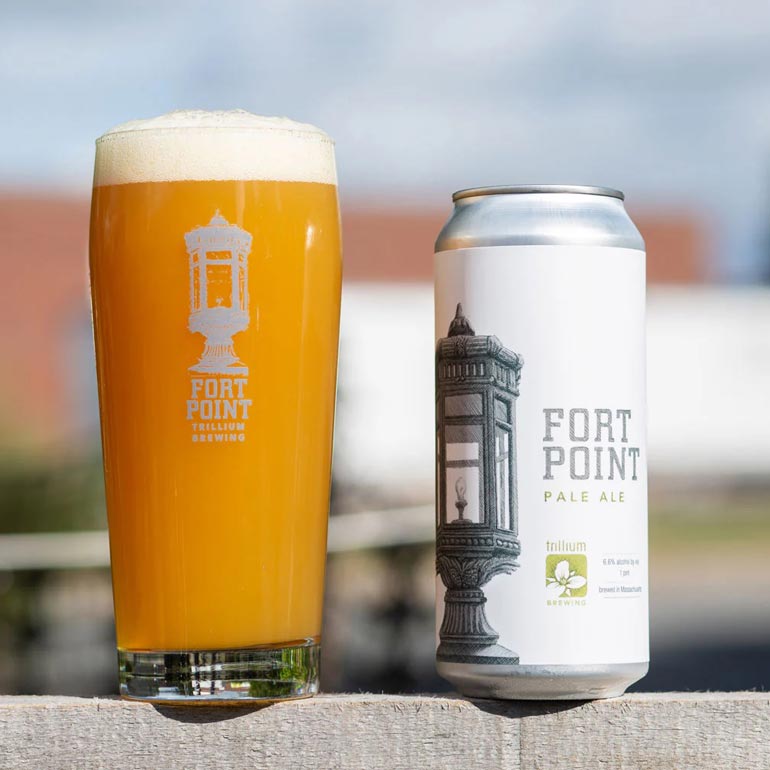

Comments 0
No Readers' Pick yet.